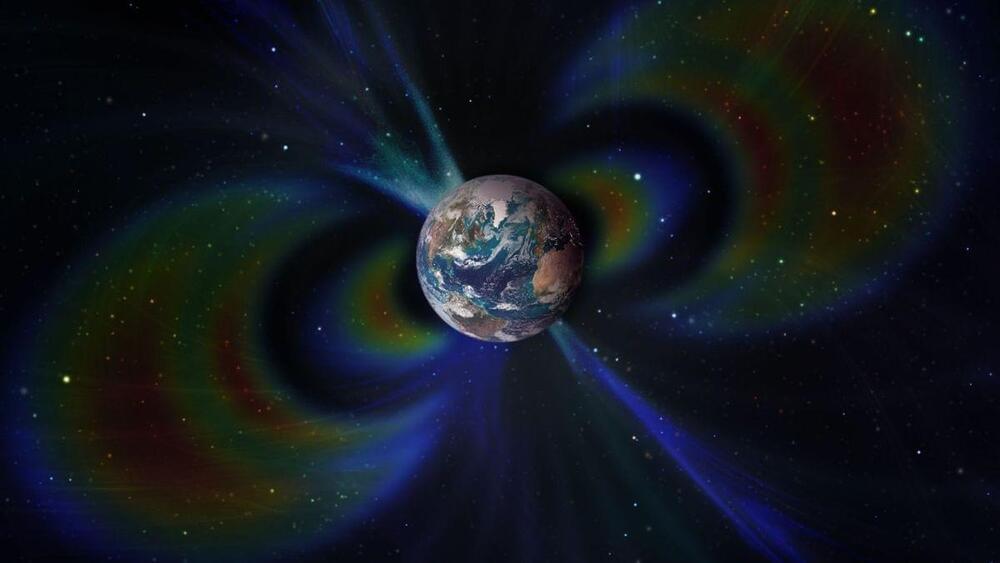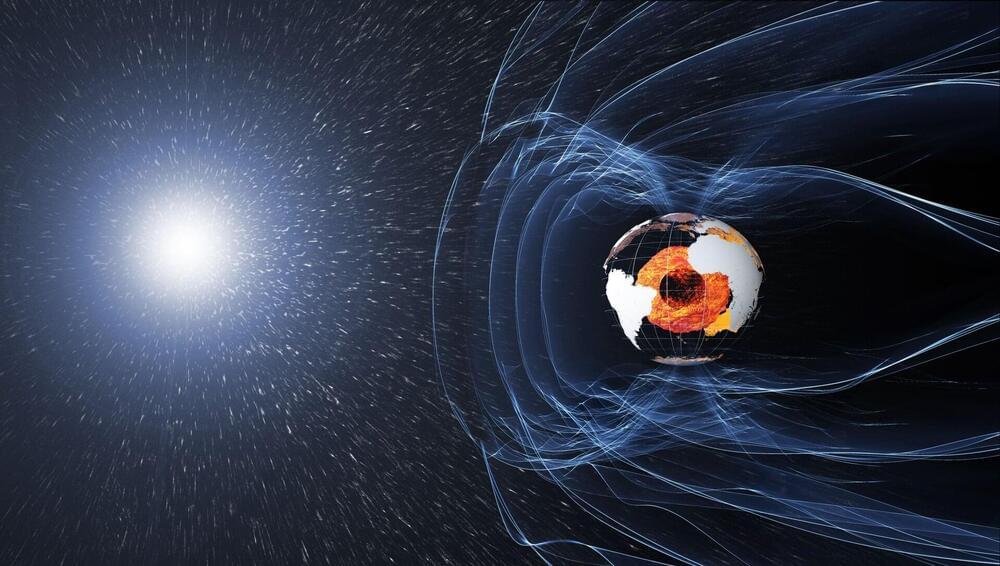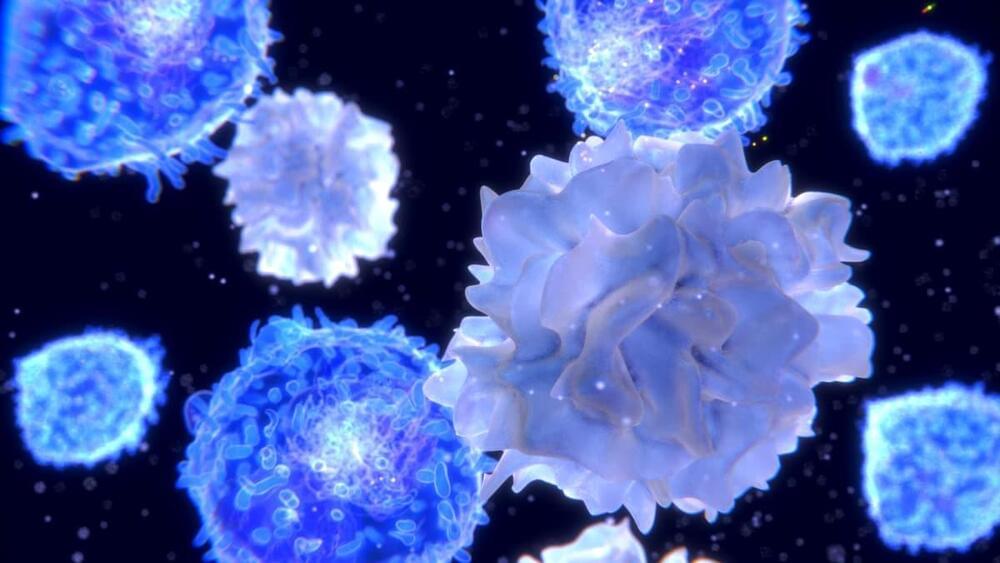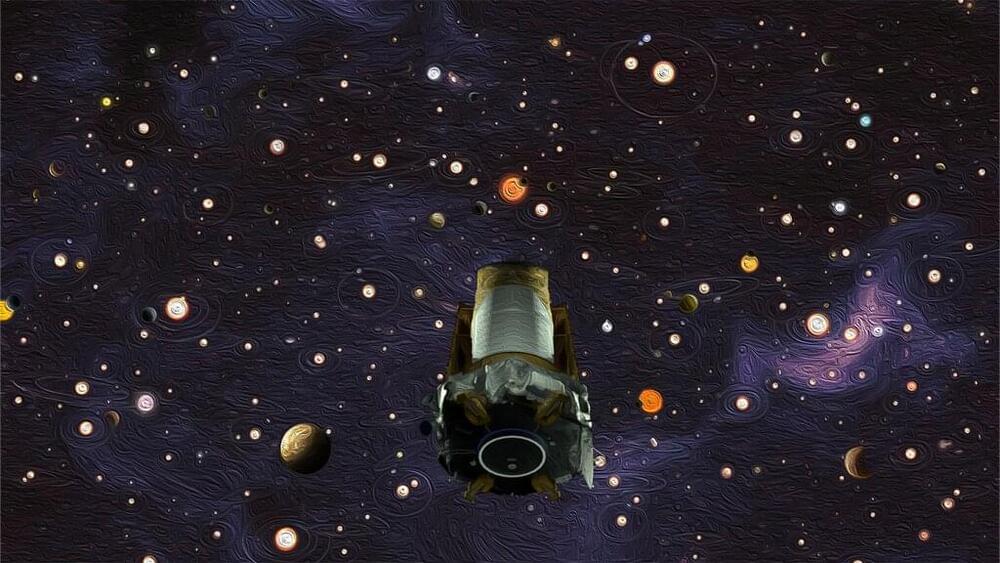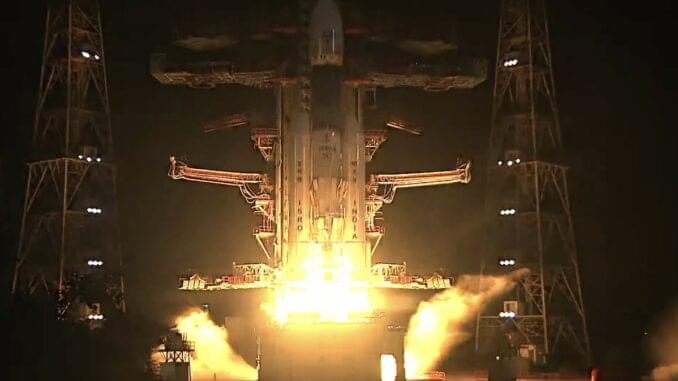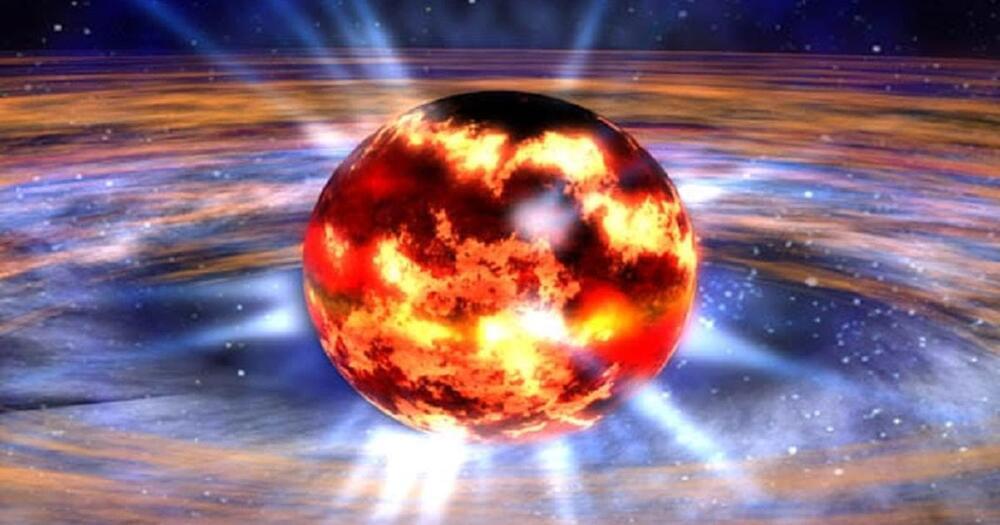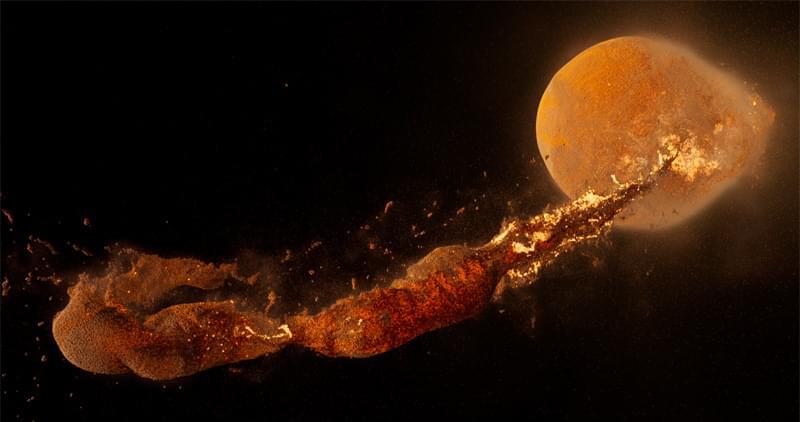Oct 24, 2022
The scary sound of Earth’s magnetic field recorded
Posted by Gemechu Taye in categories: health, satellites
“The project has certainly been a rewarding exercise in bringing art and science together.”
The magnetic signals from the ESA’s Swarm satellite project were turned into sound by researchers at the Technical University of Denmark. The outcome is quite thrilling for something that is supposed to protect us.
“The team used data from ESA’s Swarm satellites and other sources and used these magnetic signals to manipulate and control a sonic representation of the core field. The project has certainly been a rewarding exercise in bringing art and science together,” musician and project supporter Klaus Nielsen, from the Technical University of Denmark, explained the project in the ESA’s release. team used data from ESA’s Swarm satellites and other sources and used these magnetic signals to manipulate and control a sonic representation of the core field. The project has certainly been a rewarding exercise in bringing art and science together,” musician and project supporter Klaus Nielsen, from the Technical University of Denmark, explained the project in the ESA’s release.
